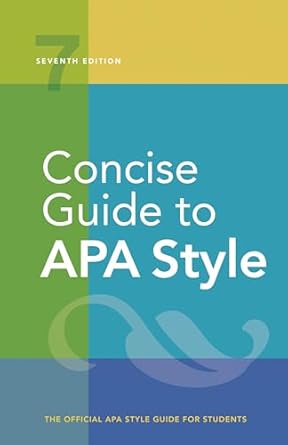[toc]
capitalization rules a guide for academic writing
Concise Guide to APA Style: 7th Edition (OFFICIAL)
Page 129 Review
The Nuances of Capitalization: A Deep Dive into Academic Writing
Capitalization, often perceived as a minor detail, plays a crucial role in academic writing, ensuring clarity and conveying specific meanings.
This analysis delves into the capitalization rules outlined in the provided text, highlighting key distinctions and offering illustrative examples.
Capitalizing Names of Specific University Departments and Academic Courses
One of the primary areas addressed is the capitalization of names associated with academic institutions.
The text emphasizes the importance of capitalizing specific names while advising against it for general references.
Consider the following examples:
“Department of Psychology, San Francisco State University”
Here, the full, official name of the department is capitalized.
However, when referring to a psychology department in a general sense, capitalization is unnecessary:
“a psychology department, a university”
This distinction extends to academic courses as well:
“Psychology 101”
is capitalized because it is the specific name of a course.
In contrast:
“a psychology course”
is not, as it refers to a general subject area.
Trade and Brand Names: Navigating Copyright and Common Usage
The text also provides guidance on capitalizing trade and brand names.
While capitalization is required, the inclusion of copyright or trademark symbols is generally discouraged in academic papers:
“trade and brand names (in general, do not include the copyright or trademark symbol after a trade or brand name used in an academic paper; however, such symbols may be included in business and marketing materials)”
Examples include:
“APA Style”
and
“Zoloft”
However, the text also acknowledges the use of generic terms:
“sertraline (generic name for Zoloft)”
Furthermore, it provides examples of how brand names can evolve into generic terms:
“iPhone, Android phone smartphone”
The brand names are capitalized, while “smartphone”, used generally, is not.
Exceptions to the Rule: Proper Adjectives and Common Meaning
A significant section addresses exceptions to the general rules of capitalization, specifically regarding proper adjectives with common meanings.
The text advises consulting a dictionary for guidance:
“proper adjectives that have a common meaning (consult a dictionary for guidance; see Section 5.1), except for personal names within these terms”
Examples of proper adjectives that do *not* require capitalization include:
“eustachian tube”, “cesarean section”
However, personal names within these terms remain capitalized:
“Freudian slip”, “Wilks’s lambda”, “Euclidean geometry”
Capitalizing Job Titles and Positions
The rules surrounding the capitalization of job titles are also clarified.
The text emphasizes that job titles are capitalized only when they precede a name:
“Capitalize a job title or position when the title precedes a name (titles are not used in bylines; see Section 1.8)”
For example:
“President Lincoln was elected in 1860.”
and
“Executive Director of Marketing Carolina Espinoza led the meeting.”
In cases where the title follows the name or is used in a general sense, capitalization is unnecessary.
Conclusion: Mastering the Art of Capitalization
In conclusion, the capitalization guidelines provided offer a detailed framework for navigating the complexities of academic writing.
By understanding the nuances of these rules, writers can ensure clarity, accuracy, and professionalism in their work.
Paying attention to specific vs. general references, brand names vs. generic terms, and the context of job titles can significantly improve the overall quality and credibility of any academic document.
This level of attention to detail elevates the writing and reflects a commitment to scholarly rigor.
Buy full ebook for only $18: https://www.lulu.com/shop/american-psychological-association/concise-guide-to-apa-style-7th-edition-official/ebook/product-rmzpq54.html?page=1&pageSize=4

